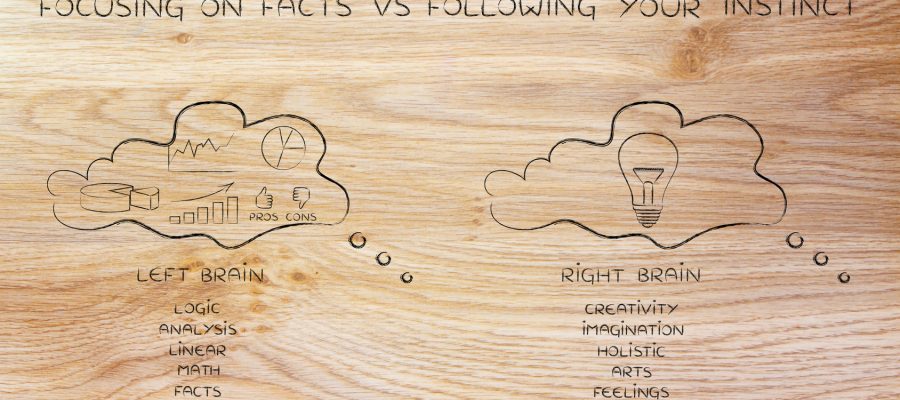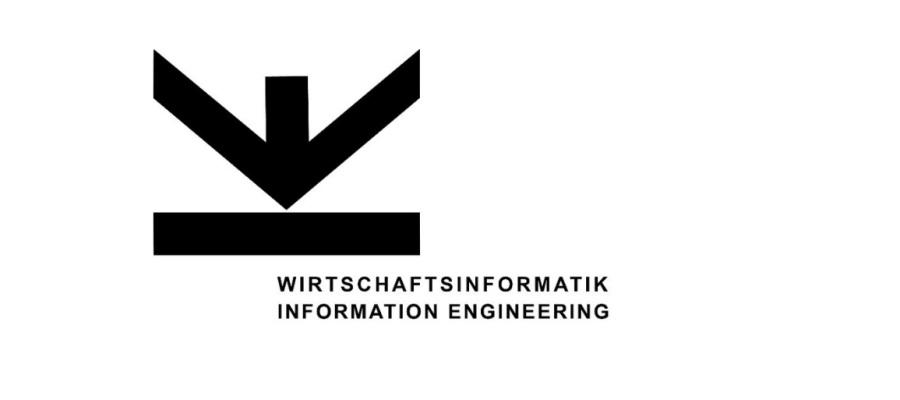Chatbots in self-service personnel management - A management paper by students of the JKU Linz
Artificial intelligence and machine learning - the buzzwords of the new era, which are also increasingly finding their way into HR management. Together with our cooperation partner TD Trusted Decisions, a German/Austrian consulting firm that has a special focus on business decisions from different angles and also wants to increasingly incorporate AI and machine learning into its activities with the pulse of the times, we have set out to sprinkle another pinch of digitalization with artificial intelligence in HR management as well.
The aim of the project was to develop a concept for the use of chatbots for processing investment applications based on the theoretical state of the art and empirical surveys in companies and to implement and evaluate this as a prototype.
The young and recognized Design Science Research method has accompanied us with its 6-step model (by Gregor and Hevner, 2013) on our research for an efficient process and its prototypical implementation when submitting investment applications with a focus on computers/laptops.
Empirical surveys for problem identification and resulting target definition
Based on eleven interviews with a wide range of companies, we surveyed the current process of various investment applications, general experience with chatbots and attitudes towards chatbots used in the future. Currently, many investment applications are still submitted in writing - we see potential and a need to digitize this process in the future with the help of a chatbot. Our concrete goal defined from these surveys focuses on a chatbot prototype for computer/laptop investment applications that both digitizes the current manual process and makes it more efficient.

Chatbot training with Dialogflow
The Google provider Dialogflow was used for the prototype implementation of the chatbot, as it is user-friendly and easy to handle even for more complex implementations.

Training procedure
- Creation of intents (= intention of the user, training records)
- Creation of entities (reference to keywords)
- Action and parameters react to entities (specific terms)
- Triggering a prompt if the entity does not contain the question (counter questions)
- Return of possible answers (response) from the chatbot
- Combining all intents into one (intent trains agent)
- Integration on other devices (agent corresponds to applications)

Functional prototype
The user is guided through questions about the name, type of investment (PC, laptop), manufacturer, storage capacity, any desired interfaces, monitor size + resolution. The user's answers are summarized at the end and can be forwarded to the responsible person for further processing.
The management paper was prepared by Claudia Haas, Sabine Lindner, Samed Esen, Emre Karakus, Ilker Akceylan, Mustafa Baghdadi.
We thank the students of the JKU Linz for a great cooperation.




































